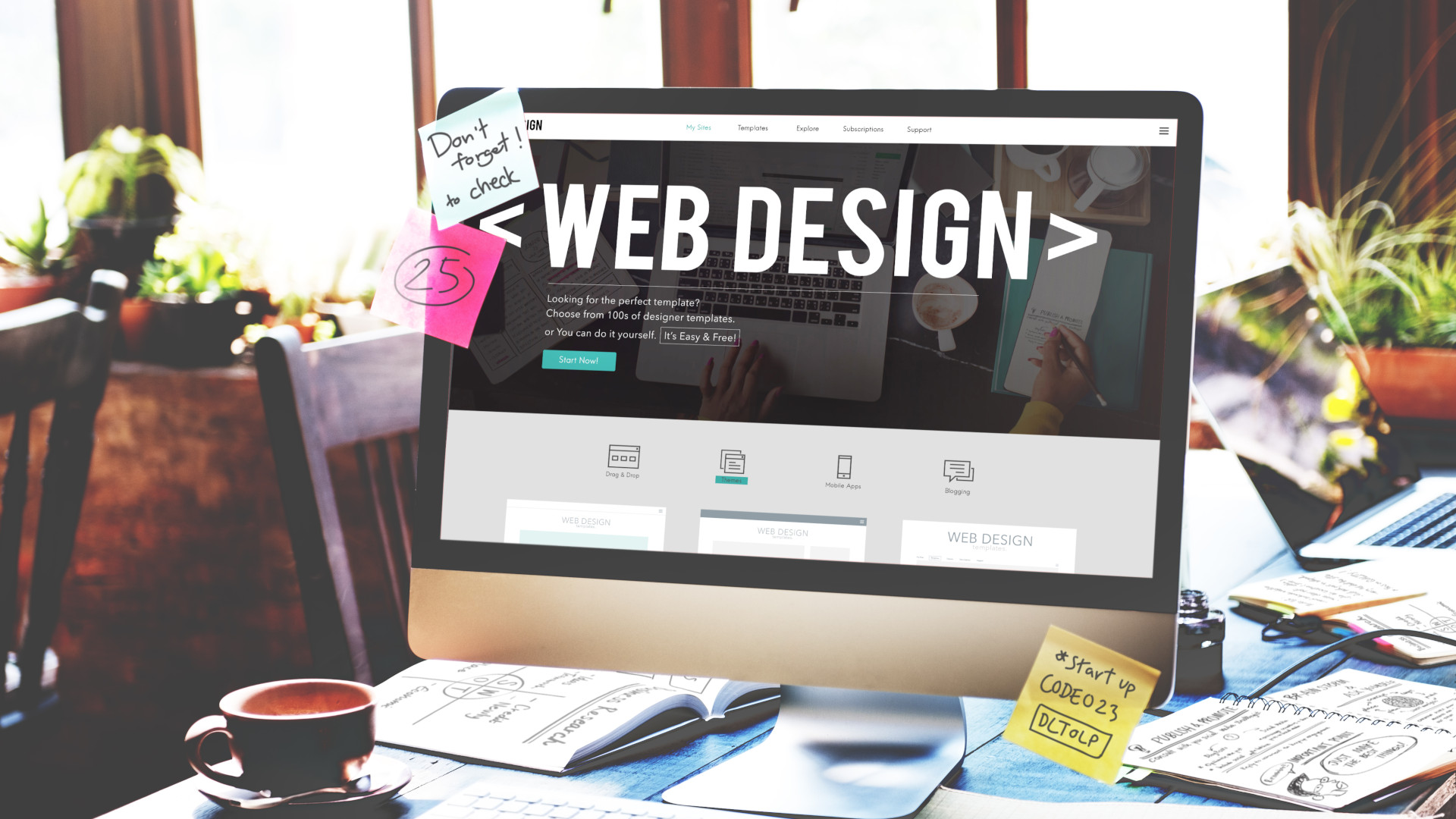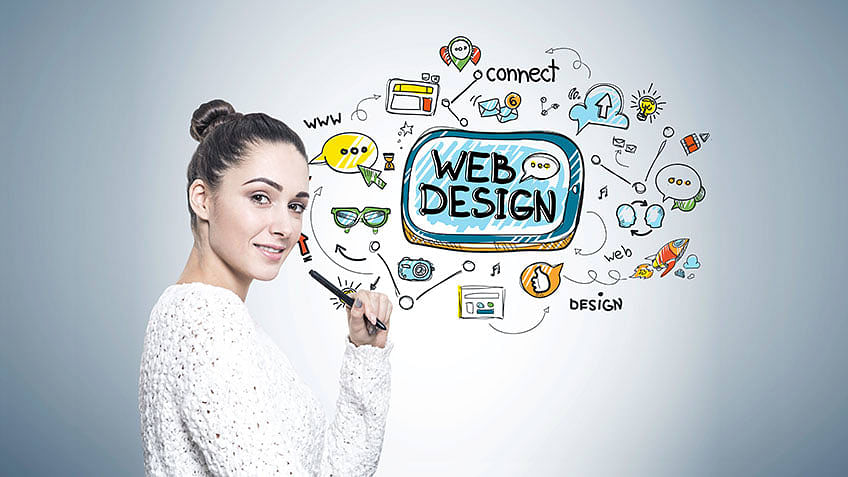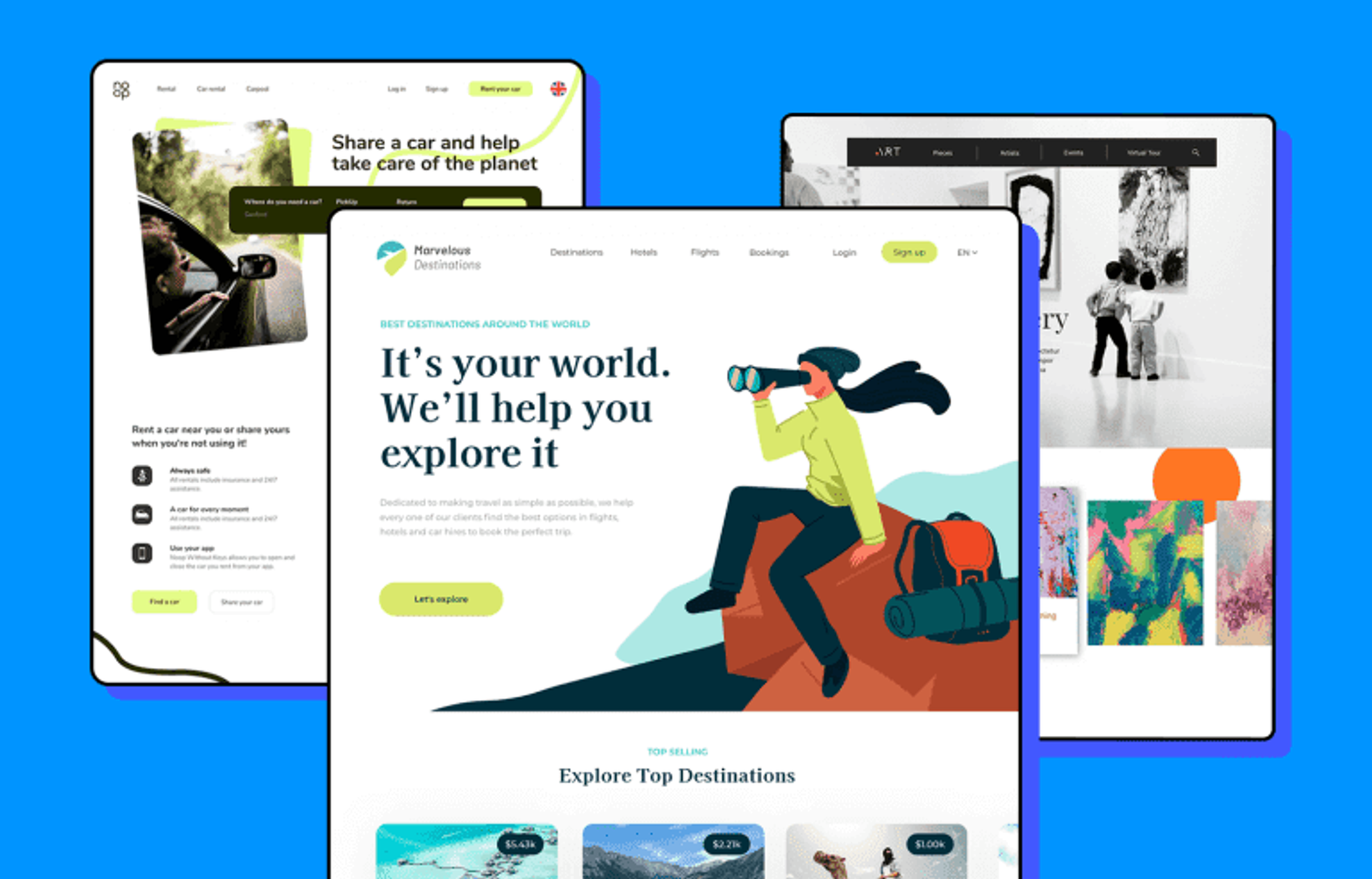The Ideal Sorts Of Website Design to Improve Individual Experience and Involvement
In the ever-evolving landscape of digital interaction, the performance of website design considerably affects customer experience and interaction. Different design approaches, such as minimal, receptive, and interactive formats, each offer unique advantages that can accommodate varied customer requirements. Comprehending which kinds of website design ideal offer these objectives can be critical for organizations aiming to improve customer satisfaction and retention. The concern continues to be: which design aspects genuinely resonate with users and foster significant engagement? The exploration of these concepts exposes crucial insights that might redefine your method to website design.
Minimalist Web Design
As electronic landscapes end up being progressively messy, minimal Web style has arised as an effective strategy to boosting individual experience. This style approach focuses on simpleness, concentrating on vital components while getting rid of unnecessary diversions. By utilizing sufficient white space, uncomplicated navigating, and a limited color combination, minimal design cultivates clarity and directs individual attention to key material.
The core concept of minimal Web design is to produce a seamless interaction for individuals. By lowering cognitive lots, users can swiftly realize info without really feeling bewildered. This direct technique not just improves use but also motivates involvement, as site visitors are a lot more likely to check out a website that is aesthetically enticing and simple to browse.
In addition, minimalist design often highlights typography and imagery, making use of these components strategically to share messages efficiently. In significance, minimal Web style is not just a fad; it is a thoughtful technique that acknowledges the importance of user-centered style.
Receptive Web Design
In today's varied electronic environment, responsive website design has actually come to be crucial for developing a seamless customer experience throughout a wide range of devices. As individuals gain access to web sites on mobile phones, desktops, tablet computers, and laptops, the ability of a web site to adapt its design and material to different display sizes and resolutions is vital.
Receptive website design uses flexible grids, images, and CSS media inquiries to ensure that Web material is provided efficiently, no matter the tool used. This method not just enhances the visual allure of a web site yet additionally substantially enhances usability. Customers are more probable to involve with a website that provides a constant experience, as it eliminates the aggravation of having to zoom in or scroll exceedingly.
By adopting receptive style, businesses can improve their presence and reach a wider audience. In recap, responsive Web design is a basic practice that enhances individual experience, involvement, and general complete satisfaction.
Interactive Website Design
Responsive website design prepares for boosting user experience, yet interactive website design takes this an action further by engaging customers in a much more dynamic way - Aligned Position Web Design. By integrating aspects such as animations, clickable models, and real-time feedback, interactive Web design astounds individuals, drawing them right into a richer browsing experience
This strategy not just promotes engagement but likewise motivates users to explore content proactively instead of passively consuming it. Methods such as gamification, where individuals make incentives for finishing jobs, can considerably improve the time invested in a website and enhance general complete satisfaction. Furthermore, interactive features can streamline complicated information, making it extra digestible and delightful.

Incorporating interactive design elements can likewise lead to greater conversion prices, as individuals are more probable to involve with more helpful hints a website that proactively involves them. Aligned Position Web Design. Ultimately, interactive Web style transforms user experiences right into unforgettable journeys, making sure that visitors return time after time
Apartment Style
Identified by its minimalistic method, flat design emphasizes simplicity and functionality, removing unneeded components and concentrating on important attributes. This style philosophy prioritizes use, guaranteeing that individuals can navigate interfaces with ease and efficiency. By using a clean aesthetic, flat style eliminates the clutter often located in a lot more ornate styles, therefore improving user concentrate on content and capability.
The characteristic of flat layout depends on its use of bold colors, simple typography, and geometric shapes. These components contribute to an aesthetically appealing user interface that is both approachable and contemporary. Additionally, flat layout promotes a feeling of clarity, allowing customers to discern crucial actions and information without distraction.
Moreover, flat design is especially efficient in responsive website design, as its simpleness translates well throughout various tools and display dimensions. The absence of elaborate appearances and gradients lessens filling times, which is essential for maintaining customer involvement. As electronic landscapes proceed to my sources progress, level layout stays a relevant option for creating user-friendly web sites that improve general experience. By concentrating on necessary attributes, level layout not just meets customer demands yet likewise encourages smooth interaction, making it a vital element of efficient Web layout strategies.
Flexible Web Design
Flexible website design customizes the individual experience by creating numerous repaired formats tailored to different screen sizes and tools. Unlike responsive layout, which fluidly changes a single design, adaptive layout uses distinctive designs for particular breakpoints, guaranteeing optimum discussion on numerous systems. This technique permits designers to concentrate on the distinct qualities of each gadget, enhancing usability by supplying exactly what individuals need based upon their context.
One of the main advantages of flexible Web style is its ability to optimize lots times and efficiency. By serving tailored material and images that fit the user's device, sites can reduce data use and boost loading rates. This is especially useful for users with slower connections or restricted information plans.

Additionally, adaptive style helps with a much more regular and regulated branding experience. Given that developers create numerous layouts, they can make sure that the aesthetic aspects straighten with the brand name's identification across different systems - Aligned Position Web Design. This causes a natural user experience, boosting engagement and promoting individual retention
Final Thought
Finally, the assimilation of minimalist, receptive, and interactive Web design principles considerably improves user experience and interaction. Minimalist design cultivates quality and focus, while responsive style ensures versatility throughout numerous devices, promoting ease of access. Interactive layout mesmerizes individuals through vibrant aspects, urging expedition and customization. Collectively, these design comes close to add to the production of user-friendly settings that not just improve complete satisfaction yet also drive greater conversion rates, emphasizing their important value in modern Web layout methods.

Minimal layout promotes clearness and focus, while receptive design makes sure versatility across numerous tools, promoting availability. Jointly, these design comes close to add to the production of user-friendly settings that not just improve fulfillment however additionally drive greater conversion rates, emphasizing their important relevance in modern Web style strategies.